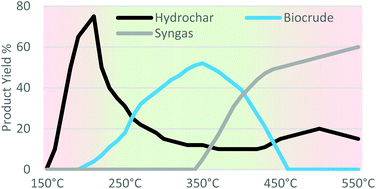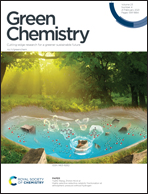A review on key design and operational parameters to optimize and develop hydrothermal liquefaction of biomass for biorefinery applications
Abstract
An increase in environmental awareness has resulted in a significant shift in research towards more renewable and sustainable energy sources and better waste valorization technologies. Within this vast field, biomass conversion technologies and biofuels have attracted much attention due to their adaptability potential to pre-existing infrastructure. Hydrothermal liquefaction is one of the most efficient biomass processing methods and has become a promising technology for future applications. Although many studies have been performed on this process, there is still much to discover about the technology; notably, there are critical gaps in substrate-specific reaction optimization, reactor design, and the effect of catalysts. In order to facilitate future studies reporting on these research gaps, this review summarizes the science and engineering applications of hydrothermal liquefaction of biomass. The effects of reaction temperature, retention time, biomass solid content, biomass type, solvent, and catalyst type on bio-crude yield and quality are discussed. In addition, reaction pathways, reactor types, and process economy are reviewed. In particular, due to their value for future full-scale applications, the emphasis is given to continuous-flow reactor systems. The secondary goal of this review is to serve as a reference point for the new researchers in the field.

- This article is part of the themed collections: 2021 Green Chemistry Hot Articles and Green Chemistry Reviews


 Please wait while we load your content...
Please wait while we load your content...